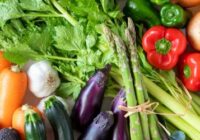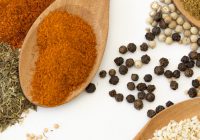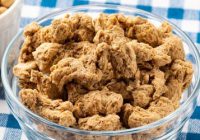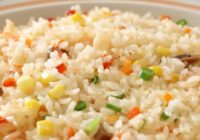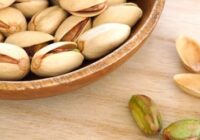Newsletter
Columns on Food Labeling/Regulations in Japan
Amendment to Guidelines for setting date labelling on foods (Japan)
In March 2025, the Consumer Affairs Agency (CAA) amended the Guidelines for setting date labelling on foods (Japanese). This update stems from the Policy package toward achieving food loss reduction targets (December 2023) (Japanese), which called for a review of the previous guidelines (February 2005) (Japanese) to examine current practices for determining date labelling and… more »
Trends in Amendments to Food Labelling Regulations in Various Countries
In 2025, major amendments to food labelling standards were implemented in Singapore and China. I would like to take a broader look at the latest trends in regulatory changes across various countries around the world. The U.S. On April 7, 2025, the U.S. Alcohol and Tobacco Tax and Trade Bureau (TTB) announced an extension of… more »
5th Discussion on Japan’s Front of Package Nutrition Labelling: 2025
On March 6, 2025, the 5th Discussion on Japan’s Front of Package Nutrition Labelling (FOPNL) 2025 (in Japanese) was held. The Labelling Policy for the guidelines for Japan’s FOPNL based on the discussions to date (draft) (in Japanese) was presented as the discussion material. A summary is provided below. Background and objectives This initiative stems… more »
(China) General Principles for the Labelling of Prepackaged Foods Revised
On March 27, 2025, China’s National Health Commission (NHC) and the State Administration for Market Regulation (SAMR) jointly released the General Principles for the Labelling of Prepackaged Foods (GB 7718-2025)*. On the same day, the General Rules for Nutrition Labelling of Prepackaged Foods (GB 28050-2025)* were released. Both regulations will come into effect on March… more »
Singapore’s New Framework for Gluten-Free Food Regulations: A Comparison with Global Standards
The Food (Amendment) Regulations 2025 has been gazetted on 31 Jan 2025 and will come into operation on 30 Jan 2026. This amendment aims to enhance consumer protection and align with international standards through updated food labelling rules. As part of this effort, the Singapore Food Agency (SFA) referred to Codex General Standard for the… more »
Important Notice: Food Labelling Standards amended (Japan)
The Cabinet Office Ordinance to partially amend Food Labelling Standards (Japanese) was promulgated and came into effect on March 28, 2025.N.b. No changes have been made to the proposed amendment or the transitional measures since the draft was released for public comment in January. We have mentioned it previously on LinkedIn, but due to the… more »
Proposed change to the way of applying labelling rules for spices used as ingredients (Japan)
On January 21, 2025, the 8th Subcommittee on Reviewing Labelling Rules for Each Individual Item* 2025 (Japanese) (hereinafter referred to as “the Subcommittee”) was held. In this article I would like to take up the proposed change in labelling rules application for spices used as ingredients. The proposed change in the application of cross-sectional labelling… more »
Trends in plant-based food labelling standards in various countries
In January 2025, the U.S. Food and Drug Administration’s (FDA) released Labeling of Plant-Based Alternatives to Animal-Derived Foods: Draft Guidance for Industry. I’d like to provide an overview of the latest trends in plant-based food labelling regulations across various countries, viewed from Japan. The U.S. As mentioned above, the guidance on alternatives for animal-derived foods… more »
3rd Discussion on Japan’s Front-of Package Nutrition Labelling 2025
On December 24, 2024, the 3rd Discussion on the Japan’s of Front-of-Package Nutrition Labelling (FOPNL) 2024 (in Japanese) was held. Based on a survey of current nutrition labelling practices for processed foods (in Japanese), the discussion meeting addressed the following points.– Handling of foods where nutrient values cause deviations between “as sold” and “as consumed”… more »
Draft Amendments to the Food Labelling Standards and the Classification of Cashew Nuts and Pistachios as Allergens (Japan)
The draft amendments to the Food Labelling Standards (in Japanese), scheduled to be implemented in April 2025, have been published. The public comments for the amendments have been collected up to January 28. As for allergen labelling, the 7th Advisors’ Meeting on Food Allergen (21 January, 2025) (in Japanese) proposed that cashew nuts be included… more »






